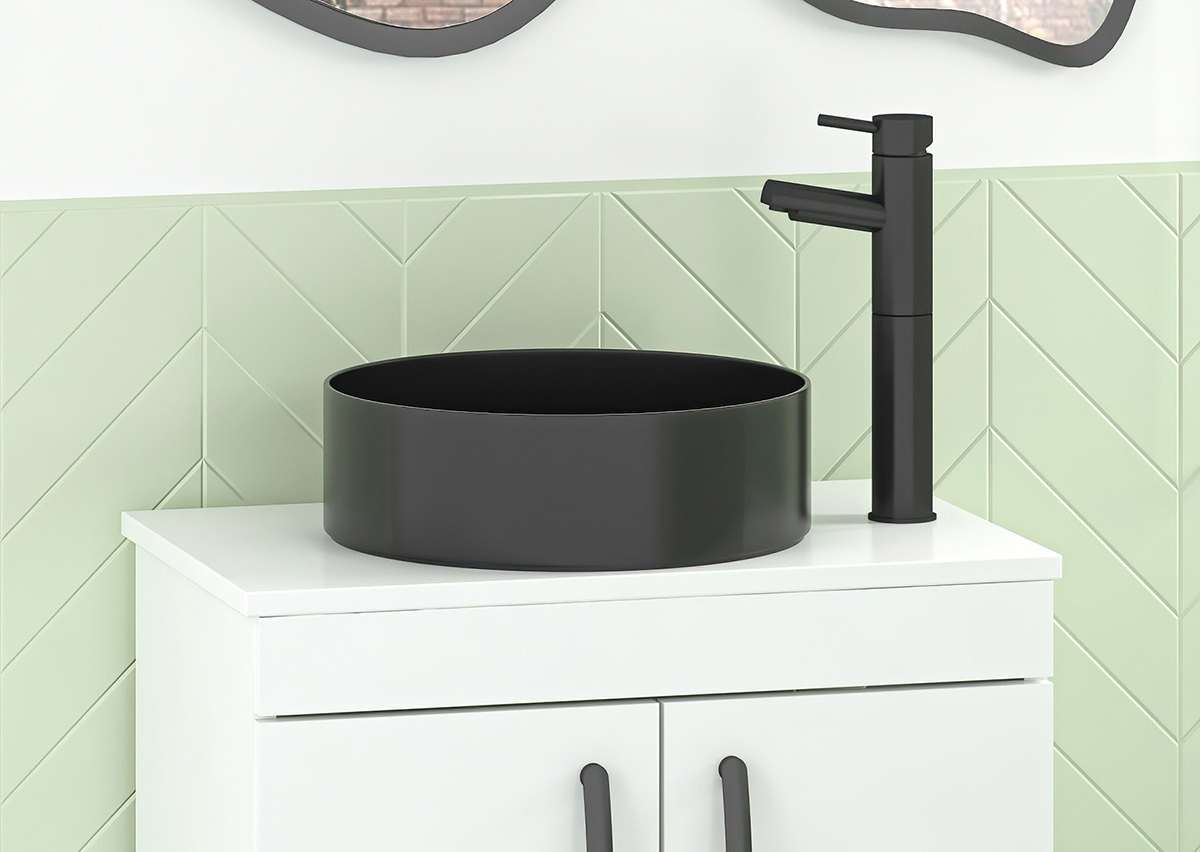
Is your bathroom in need of revamp? Do you want to give your bathroom a stylish new look, perhaps with the addition of new fixtures? Though it may seem like a daunting task, something as simple as replacing your countertop can transform the look and feel of your entire bathroom.
A countertop basin is a fixture that can give your bathroom the required touch of ambience and luxury. With its increasing popularity among designers and homeowners, countertop basins have become a staple accessory for every bathroom.
In this article, we will guide you through the step-by-step countertop basin installation process.
Tools and Materials Required
It is important to ensure you have all the necessary tools and materials before installing a countertop basin. Most of these tools are available at local hardware shops.
Tools:
- Power drill
- Hole saw
- Adjustable wrench
- Plumber's putty
- Caulking gun
- Level
- Screwdriver
- Pencil
- Measuring tape
- Safety glasses
Materials:
- Countertop basin
- Drain assembly.
- P-trap
- Silicone caulk
- Plumber’s tape
You May Also Need:
- Hammer
- Chisel (if installed on a stone or concrete countertop)
- Pipe cutter (if modifying the drain pipe)
Preparing for Installation
Countertop basin installation can be a great way to add style and functionality to your bathroom. If you want to learn how to install a countertop basin in the UK, here are some initial steps to help you prepare for the installation:
- Choose the Right Basin: Finding the basin that truly elevates the decor and practicality of your room is key. With many different styles and sizes available, consider your bathroom layout and design theme before installing the countertop basin.
- Select the Countertop Material: What gives your countertop the elegant appeal is the type of material it’s made from. Popular materials include granite, marble, quartz, and laminate. Be sure to choose one that meets your style preference.
- Measure the Countertop and Basin: Take accurate measurements of the countertop and basin to ensure they fit properly within the available space. Mark the location where the basin is set to install. Make sure there’s enough room to move around.
- Gather Tools and Materials: If you’re taking the DIY route, you will need a drill, screws, a wrench, silicone sealant, and plumbing fixtures.
- Clear the Dedicated Area: Before you start the installation, clear the work area of any debris or clutter. Make sure there is plenty of space to work and move around.
- Stop the Water Supply: Turn off the water supply to the sink to avoid any leaks or accidents during installation.
- Disconnect the Old Basin: If you are replacing an existing basin, disconnect the plumbing and faucets, and remove the old basin carefully.
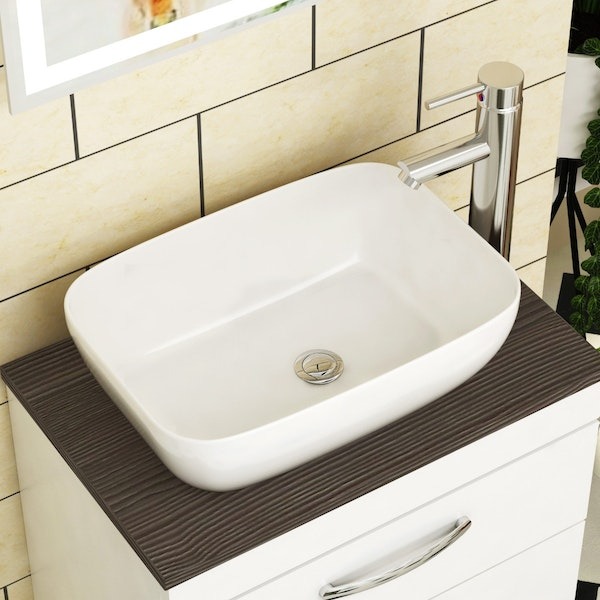

Step by Step Countertop Basin Installation
Here is a step by step process for DIY basin installation:
Securing the Basin to the Countertop
To ensure the stability and safety of your new basin, secure it firmly onto the countertop. A loose basin can move around, which can cause water to spill and potentially lead to accidents or damage. Use silicone adhesive or epoxy glue to ensure a tight connection.
Here are a few steps to secure the basin for countertop sink installation:
- Clean both the countertop surface and the basin rim thoroughly to remove any dirt, debris, or residue.
- Apply silicone adhesive or epoxy glue to the underside of the basin rim. Don’t be light on the glue! Use enough adhesive to create a strong bond between the basin and the countertop.
- Carefully position the basin on the countertop, aligning it with the drain hole and other necessary features.
- Press down firmly on the basin to ensure it is fully seated on the countertop and the adhesive is evenly distributed.
- Allow the adhesive to dry for 24 - 48 hours, depending on the type used.
Once the adhesive is fully dried, apply pressure and check if there is any movement or wobble, making sure it is firmly attached to the countertop.


Installing the Faucet and Drain Assembly
With the right tools and basic guidance, installing a faucet and drain assembly on a countertop can be straightforward. Here are the general steps to follow:
- Start by removing the old faucet and drain assembly.
- Apply plumber putty or silicone sealant around the base of the faucet and the drain flange, following the manufacturer's instructions.
- Now, insert the faucet and tighten the mounting nuts using an adjustable wrench.
- Place the rubber gasket and mounting nut beneath the drain, then insert the drain through the sinkhole and tighten the mounting nut.
- Install the drain tailpiece and tighten the nut using pliers.
- Connect the water supply lines to the faucet using an adjustable wrench. Tighten it properly to prevent future leakages.
Connecting the Plumbing
Here are the basic steps you'll need to follow:
- Identify the location of your sink and gauge it according to the main water supply and drain pipes.
- Attach the faucet and handles on the sink before mounting them on the countertop. This will make it easier to connect the water supply lines afterwards.
- Install the drain assembly onto the sink according to the manufacturer's instructions. This usually involves attaching the drain flange to the sink, installing the drainpipe and trap, and connecting it to the main drain line.
- Install the sink onto the countertop, making sure it's securely fastened in place. Connect the water supply lines to the faucet and handles.
- Connect the drainpipe and trap to the main drain line using PVC glue and fittings. Resume the water supply to make sure all connections are tight and secure.
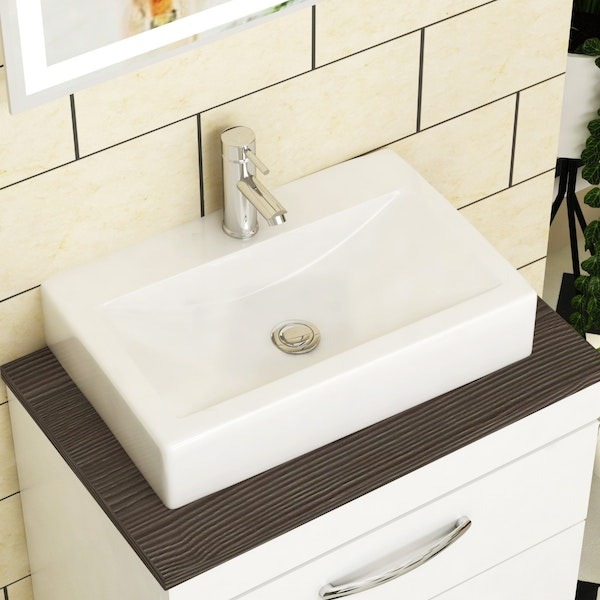

Sealing and Finishing Touches
Without administering sealing, your countertop sink installation will be prone to damage or mould and mildew. The finishing touches make the basin easier to clean and improve its visual appeal.
Here are some general guidelines to help you through the way:
- Countertops made from natural stone, such as granite, marble, or quartz, need a stone sealer, as most manufacturers suggest. This will help prevent stains and discolouration over time.
- Concrete countertops require a concrete sealer to protect them from stains and water damage.
- Wooden countertops require a bit extra attention to preserve their natural aesthetics. Consider applying a food-safe oil or wax finish to protect the surface and enhance its natural beauty.
- If your countertop is made of laminate, use a laminate repair paste or kit to fill in any scratches or chips. Then, apply a laminate finish to layer the surface.
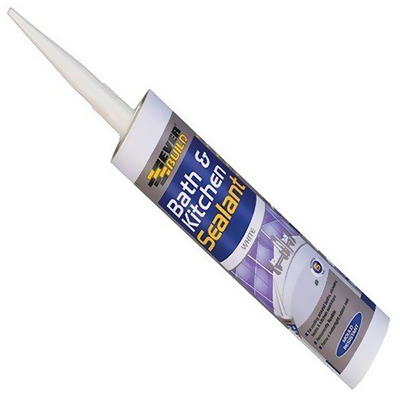

Choosing the Right Countertop Basin
When choosing a countertop basin, there are several factors to consider to ensure you make the right choice. The size and shape of the countertop are the most important since they help determine the type of basin that will fit best.
Countertop basins come in a range of materials, including ceramic, porcelain, glass, stone, and metal. Every material has its own set of advantages and disadvantages, so it's important to choose one that is durable, easy to clean, and fits your preferences the best.
We suggest choosing a style that best matches the design of your bathroom and keeps your theme cohesive. Whether your bathroom renovation requires a modern or traditional style, there are plenty of options available to suit your style needs.
Lastly, finalise your budget. Countertop basins are available at a range of price points, so determine your budget before making a decision. Remember to factor in the cost of installation as well.
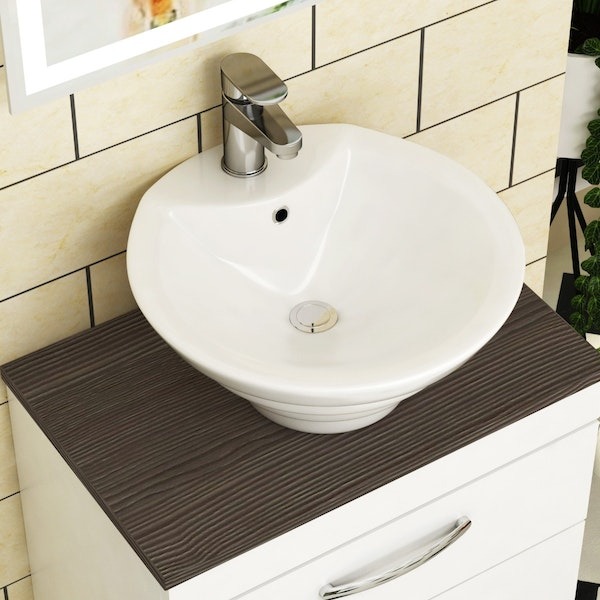

Countertop Basin Maintenance
Proper care and maintenance are important If you want the countertop basin to last longer and look as good as new for years to come.
- Always use mild washing liquid and water solution with a soft cloth and microfiber towel for cleaning the basin.
- Don’t use abrasive cleaners or bleach with metal sponges or scrubbers. Harsh chemicals that contain acid can result in damage and discolouration.
- Wipe away water stains and soap scum immediately to prevent them from becoming difficult to remove.
Troubleshooting Common Issues during Countertop Basin Installation
Installing a countertop basin is not as challenging as one might perceive. However, it is not uncommon to encounter some issues during the installation process. For instance, if the surface where the basin is to be installed is uneven, it may cause the basin to wobble or become unstable.
To prevent this issue, use a spirit level to check the surface's level. In case of slight irregularities, use shims or wedges to level it out before installing the basin.
A leaking drain is another common issue most homeowners face during their countertop basin installation. This problem can be caused by a loose drain or incorrect installation of the drain, or maybe because of a loose connection. Secure the drain tightly so that the rubber seal is correctly fitted. Use plumber putty to create a watertight seal.
Misplaced or uneven faucet connections are a common hindrance that causes the water to leak or spray around the basin. Make sure the faucet is tightly secured and that the water supply lines are correctly installed.
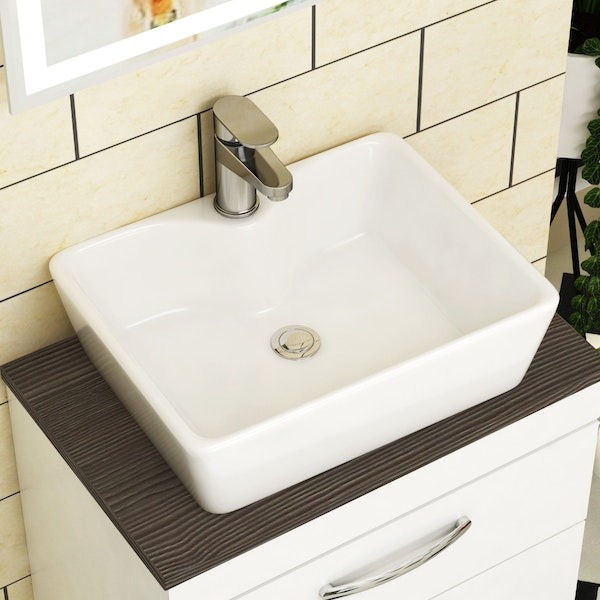

Conclusion
Overall, installing a countertop basin can be a stylish and functional addition to any bathroom. With proper installation, it can provide many years of easy and efficient use. While your bathroom gets a nice makeover, the inclusion of a countertop basin could even benefit your property value.
Whether you are a seasoned pro or a DIY beginner a countertop basin installation is a manageable task that can be completed with ease.
We hope you find our guidelines for your countertop sink installation helpful.
Wishing you a smooth process!
